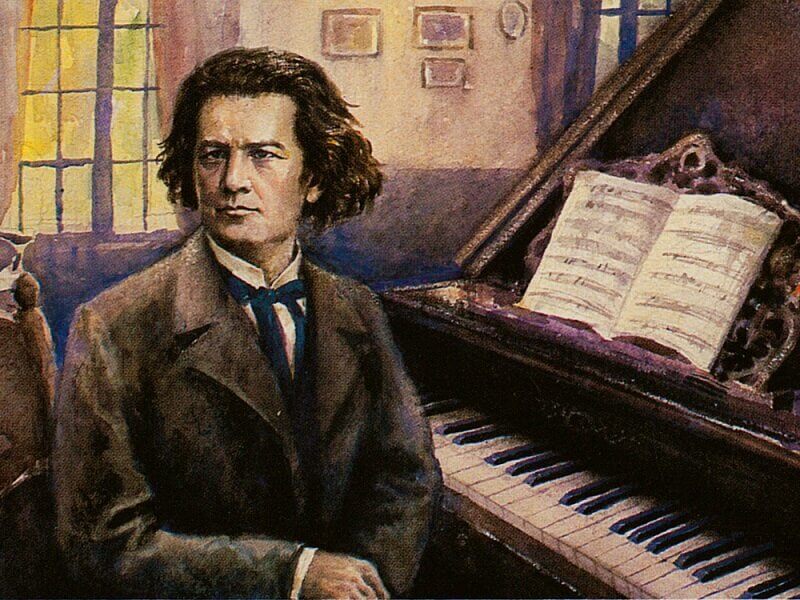Noelle Canty reads, writes, plays piano, listens to classical music, and spends an inordinate amount of time thinking about intellectual history. She's always up to analyzing a text, organizing ideas, and rhapsodizing on landscape — hence her delight in editing and collaborating on academic and non-academic projects.

